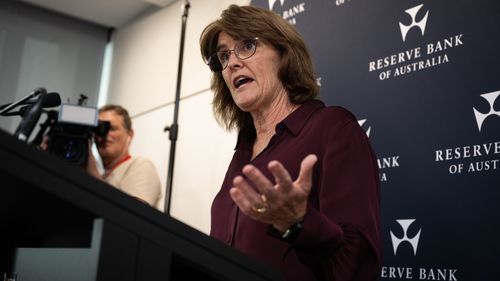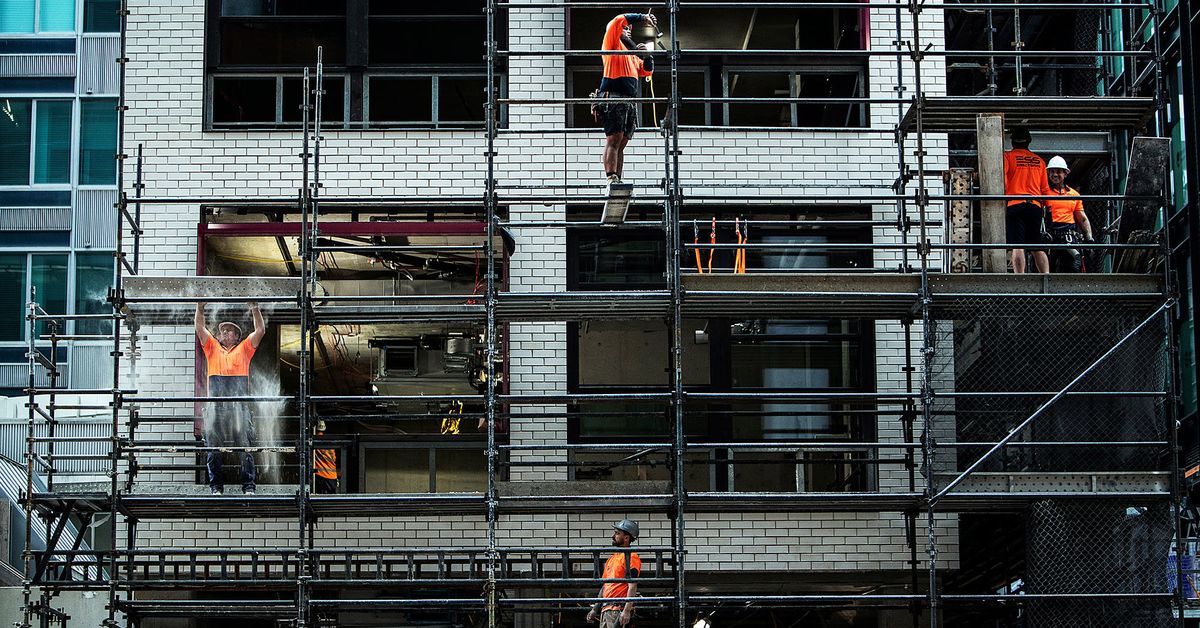New data from the Australian Bureau of Statistics put the jobless rate for May at 4 per cent, down from April’s measure of 4.1 per cent.
“With employment rising by around 40,000 people and the number of unemployed falling by 9000 people, the unemployment rate fell to 4.0 per cent,” ABS head of labour statistics Bjorn Jarvis said.
“In April we saw more unemployed people than usual waiting to start work. Some of the fall in unemployment and rise in employment in May reflects these people starting or returning to their jobs.
“The labour market is presenting a conundrum to the Reserve Bank of Australia, as while unemployment is rising, the labour market is still very tight by historical standards,” CreditorWatch chief economist Anneke Thompson said.
“Still, pressure on wage increases appears to have waned, especially after that Fair Work Commission’s Minimum Wage Review, which at 3.75 per cent is below the current rate of inflation and broadly welcomed by economists concerned about wage rises and their impact on inflation.

“However, a continuing healthy labour market, as well as upcoming tax cuts, will make the RBA very cautious about cutting the cash rate too soon.
“It is likely that the RBA will wait until the full impacts of tax cuts flow through to retail trade, labour force and savings data, which won’t happen until late 2024 and into early 2025.”
Jarvis said the jobs market remains tight, with far more people in work than before the pandemic.
“While the total number of unemployed people fell by 9000 in May, this followed a 33,000 increase in April. Unemployment was around 24,000 people more than in March, an average increase of around 12,000 people each month,” Jarvis said.
“There are now almost 600,000 unemployed people, however, that is still nearly 110,000 fewer people than in March 2020, just before the pandemic…
“The employment-to-population ratio and participation rate both continue to be much higher than their pre-pandemic levels.
“Together with elevated levels of job vacancies, this suggests the labour market remains relatively tight, though less than in late 2022 and early 2023.”

